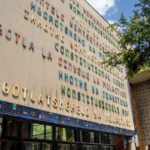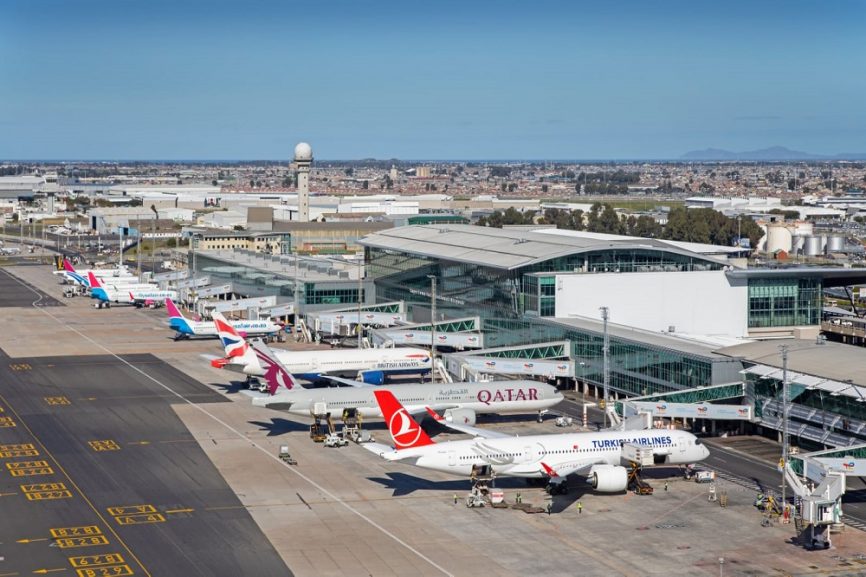-
An Eskom power station.
The latest data from Eskom shows that the power utility spent an estimated R115 million on diesel fuel for OCGTs, the majority of which was spent meeting electricity demand during the first night of stage two loadshedding on 13 May.
Eskom CEO Dan Marokane told reporters during a 14 May briefing that Eskom would be making use of diesel-fueled open cycle gas turbines (OCGT) to meet electricity demand during load shedding. This comes after Eskom initiated stage 2 load shedding for three evenings starting on Tuesday night due to generation capacity breakdowns at power stations including Lethabo and Kusile.
Marokane told reporters yesterday that Eskom only uses OCGTs when the rest of the fleet is unable to meet the country’s power demand.
“OCGTs are designed to assist us to manage the peak when demand is higher than capacity available elsewhere. We will use them only when we need to use them. The fact that we are using them for 6 hours yesterday, today and tomorrow as planned has got to do with the fact that our challenge is over that six-hour period,” he said.
“It has got nothing to do with any cost saving initiative. It’s got everything to do with our needs to meet the demand at that point in time.”
The latest bout of load shedding comes as Eskom suffered significant breakdowns in their generation fleet which led to unplanned outages hovering above 14 000 megawatts on Monday 12 May and peaking as high as 16 000 megawatts of generation capacity lost to the grid in the evening.
Tuesday, 13 May, did not fare much better for the embattled power utility as unplanned outages hovered well above 15 000 megawatts for the whole day.
This paints a bleak picture for Eskom which, in their Winter Outlook for 2025, planned to keep unplanned outages between 13 000 megawatts and 15 000 megawatts to avoid load shedding.
Electricity and Energy Minister Kgosientsho Ramokgopa told reporters yesterday that Eskom tried but failed to keep unplanned outages below 15 000 megawatts which led to load shedding.
“We have not kept our promise on the outage slips and we make the point in that Winter Outlook that if the aggregate unplanned capacity loss factor exceeds 13 000 megawatts, then there will be a need for us to initiate load shedding,” he said.
“We have breached that red line as a result of this outage slips, we are on the other side of 13 000 megawatts of UCLF and that’s why we had to initiate load shedding.”
The seven-day period between 7 May and 13 May saw Eskom spend an estimated R323 million on diesel.
Eskom reported that they have spent R2.43 billion on diesel to generate 415.91GWh of energy between 1 April 2025 and 8 May (calculated cost of R5 842 per MWh).
INFOGRAPHIC: Estimated cost of diesel used by Eskom in seven days









